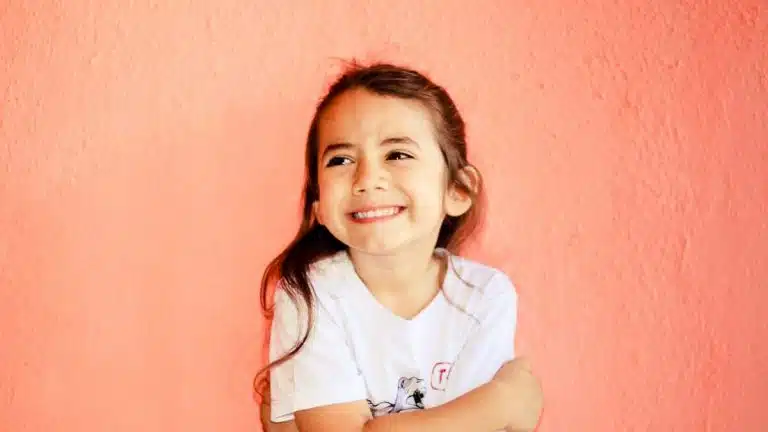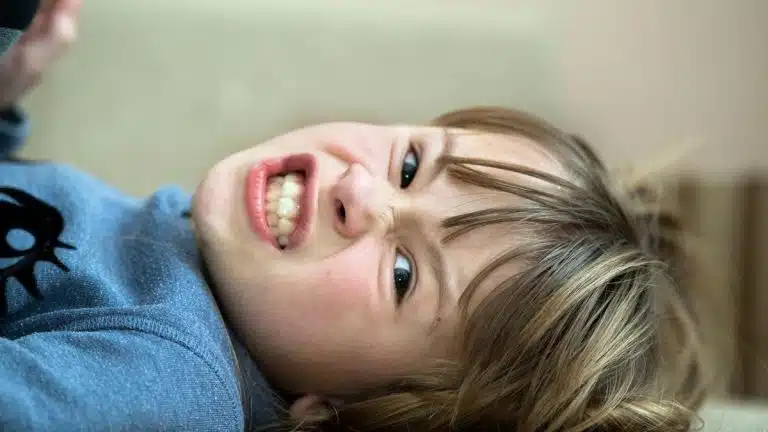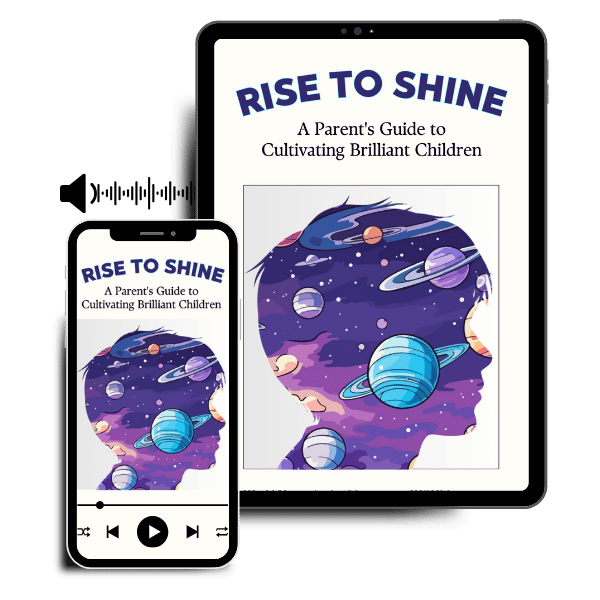6 Reasons Why Children Smile After Getting Hurt


Introduction
It’s a familiar scene for parents and caregivers: a child trips, falls, or bumps into something, and instead of crying, they burst into a smile or even a giggle. This reaction might leave adults puzzled, as it seems counterintuitive – shouldn’t pain lead to tears? However, there’s more to this phenomenon than meets the eye. In this article, we’ll delve into the psychology behind why a child might smile after getting hurt, exploring the possible reasons for this intriguing behavior.
Please read our comprehensive guide if you want to learn about the reasons why children hurt others and what to do.
One of the primary explanations for a child’s smile after getting hurt is the release of endorphins. Endorphins are neurotransmitters that act as the body’s natural painkillers and mood enhancers. When a child experiences minor pain, the body might respond by releasing endorphins to help alleviate discomfort. These endorphins can also induce feelings of happiness and euphoria, leading to a smile or even laughter.
Children are keen observers of their surroundings, and they quickly learn how their behaviors influence the reactions of adults and peers. When a child smiles or laughs after getting hurt, they might receive immediate attention and comfort from caregivers or those around them. This positive response can reinforce the behavior, creating a connection between getting hurt and receiving attention, which may unintentionally lead to smiling even when in pain.
Children are known for their boundless energy and curiosity, often exploring their environment with enthusiasm. A sudden injury can result in a burst of adrenaline and nervous energy. Smiling or laughing might serve as an outlet for this excess energy, helping the child cope with the sudden shock of pain. This reaction is not a denial of pain but rather a spontaneous release of energy.
Smiling after getting hurt can also serve as a coping mechanism. Children are still developing their emotional regulation skills, and smiling could be a way to regulate their emotional response to pain. By smiling or laughing, they might be trying to downplay the situation or distract themselves from the discomfort. This coping strategy might be especially pronounced in social settings where they don’t want to appear vulnerable or upset.
Children often possess a sense of innocence and resilience that allows them to bounce back quickly from minor incidents. Their smiles might reflect their natural ability to find joy in the simplest things, even in the face of adversity. Their focus on the present moment and the ability to swiftly transition from pain to happiness is a testament to their remarkable emotional adaptability.
In some cases, smiling after getting hurt might be a form of social bonding. When a child smiles, even in pain, it can elicit empathy and nurturing responses from caregivers and peers. This communal reaction reinforces social bonds and fosters a sense of belonging within the group. Children’s smiles can act as nonverbal signals that communicate their need for support and care.
Conclusion
The phenomenon of a child smiling after getting hurt is a complex interplay of physiological, psychological, and social factors. The release of endorphins, seeking attention, discharging nervous energy, employing coping mechanisms, displaying innocence and resilience, and forming social bonds are all potential explanations for this behavior. While it might be surprising, this reaction highlights the intricate and fascinating ways in which children navigate their emotions and experiences.
Yes, it’s a relatively common phenomenon. Children’s smiles after getting hurt can be attributed to various factors, including the release of endorphins and coping mechanisms.
No, smiling doesn’t necessarily mean that a child isn’t hurt. It’s a complex reaction that can be influenced by a range of physiological, psychological, and social factors.
Yes, children are observant and learn from their environment. If they receive attention and comfort when they smile after getting hurt, they might repeat this behavior to seek attention in the future.
In most cases, there’s no need for concern. Children’s smiles after getting hurt are often a natural response influenced by a variety of factors. However, if you’re ever unsure about your child’s well-being, it’s best to consult a medical professional.

Let’s explore the fascinating reason behind why some children laugh after they hit, and provide helpful tips for parents on how to respond to this behavior.

Get Your Resources to Your Email Now!